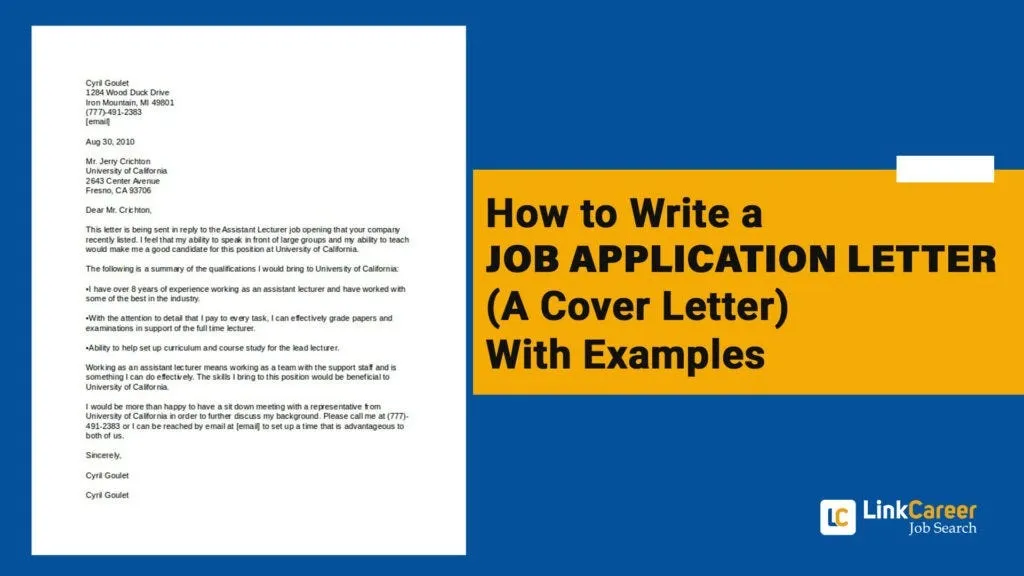Understanding the Cover Letter Why It Matters
In the competitive landscape of job applications a well crafted cover letter can be your secret weapon. It’s more than just a formality it’s your first opportunity to make a strong impression and convince a potential employer that you’re the perfect fit for their needs. A cover letter allows you to go beyond the confines of your resume to showcase your personality enthusiasm and specific qualifications. It’s where you can demonstrate your understanding of the company its culture and the specific requirements of the role. Ignoring this crucial step could mean missing out on interviews and job offers.
The Purpose of a Cover Letter
The primary purpose of a cover letter is to introduce you to the hiring manager and to express your interest in the position. It’s your chance to highlight your most relevant skills experiences and achievements. Unlike a resume which provides a factual summary a cover letter allows you to tell a story. Use it to explain why you’re interested in the company why you’re interested in the role and how your unique experiences and qualifications align with their requirements. A great cover letter will pique the reader’s interest and compel them to read your resume more closely.
Cover Letter vs Resume Key Differences
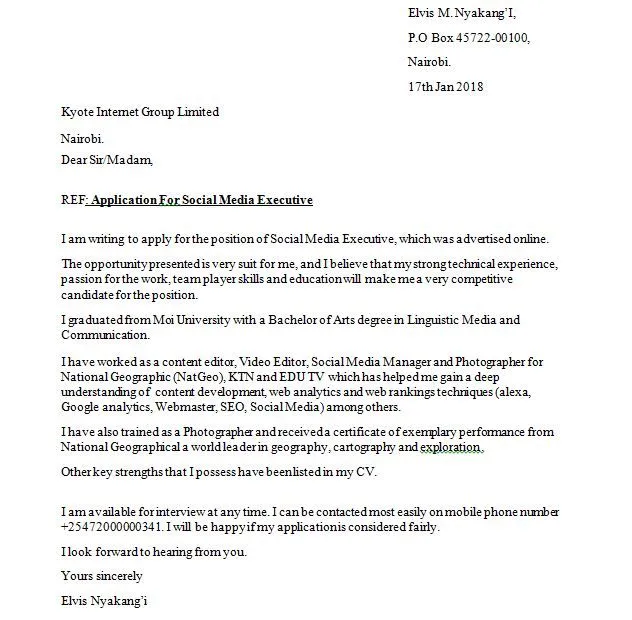
While both your resume and cover letter are critical for job applications they serve distinct purposes. Your resume is a concise summary of your professional experience education and skills typically presented in bullet points. It provides a quick overview of your qualifications. The cover letter on the other hand offers a more detailed narrative. It’s an opportunity to elaborate on your experiences explain your motivations and demonstrate how your skills align with the job description. They should complement each other not duplicate information. The resume presents facts the cover letter provides context and personality.
Crafting Your Cover Letter Step by Step
Header Contact Information and Date
Start with a professional header that includes your full name address phone number and email address. Make sure this information is accurate and up to date. Following this include the date and then the recipient’s information including the hiring manager’s name title company name and address. If you can’t find the hiring manager’s name use a generic greeting such as “Dear Hiring Manager” but always try to find the specific person to personalize your letter. This demonstrates that you’ve done your research and are genuinely interested in the role.
Greeting Addressing the Hiring Manager
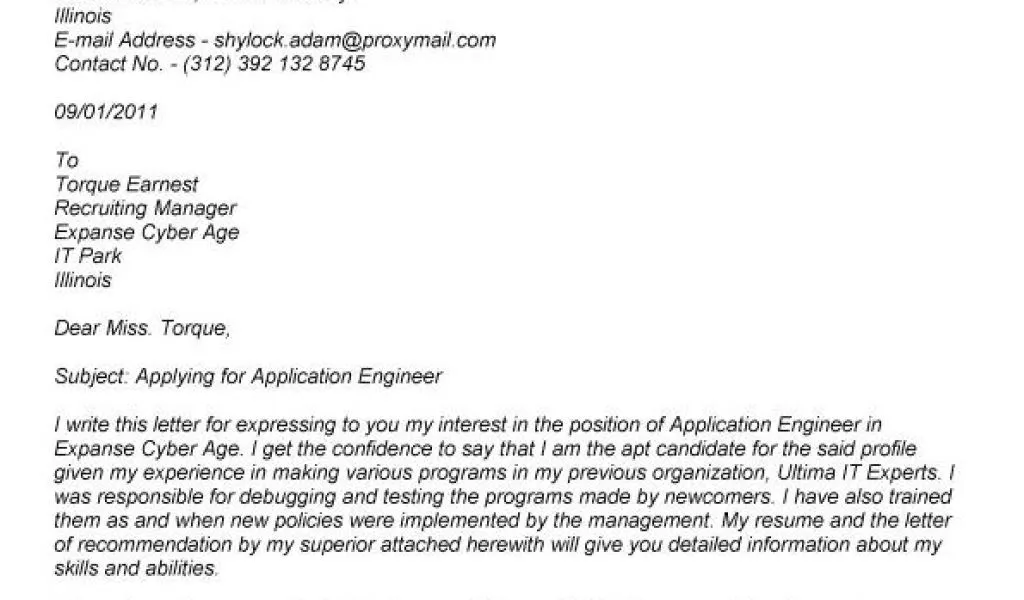
As mentioned above a personalized greeting is key. “Dear Mr./Ms. [Last Name]” is a standard practice if you know the hiring manager’s name. Researching the company can help you find this information. If you’re unable to find a specific name use a professional alternative. Avoid overly casual greetings. A formal greeting sets a professional tone. This shows you are respectful and have taken the time to address the letter appropriately. It shows you are professional from the beginning.
Opening Hook Capturing Attention
Your opening paragraph is your first and perhaps only chance to grab the hiring manager’s attention. Instead of a generic statement about applying for a job use an interesting opening line. Mention where you saw the job posting and a brief statement about why you’re interested in the position. This could include a unique accomplishment a specific skill or a brief mention of your understanding of the company. Focus on quickly conveying your value and enthusiasm for the opportunity. This will encourage the reader to continue reading.
Body Highlighting Relevant Skills
The body of your cover letter should highlight your relevant skills and experiences. Carefully review the job description and identify the key requirements. Provide specific examples of how your skills and experiences align with those requirements. Use action verbs to describe your accomplishments and quantify your achievements whenever possible. Tailor your letter to each specific job application showing how your qualifications and aspirations match the company’s needs and objectives. Avoid generic statements and focus on demonstrating value.
Showcasing Your Accomplishments
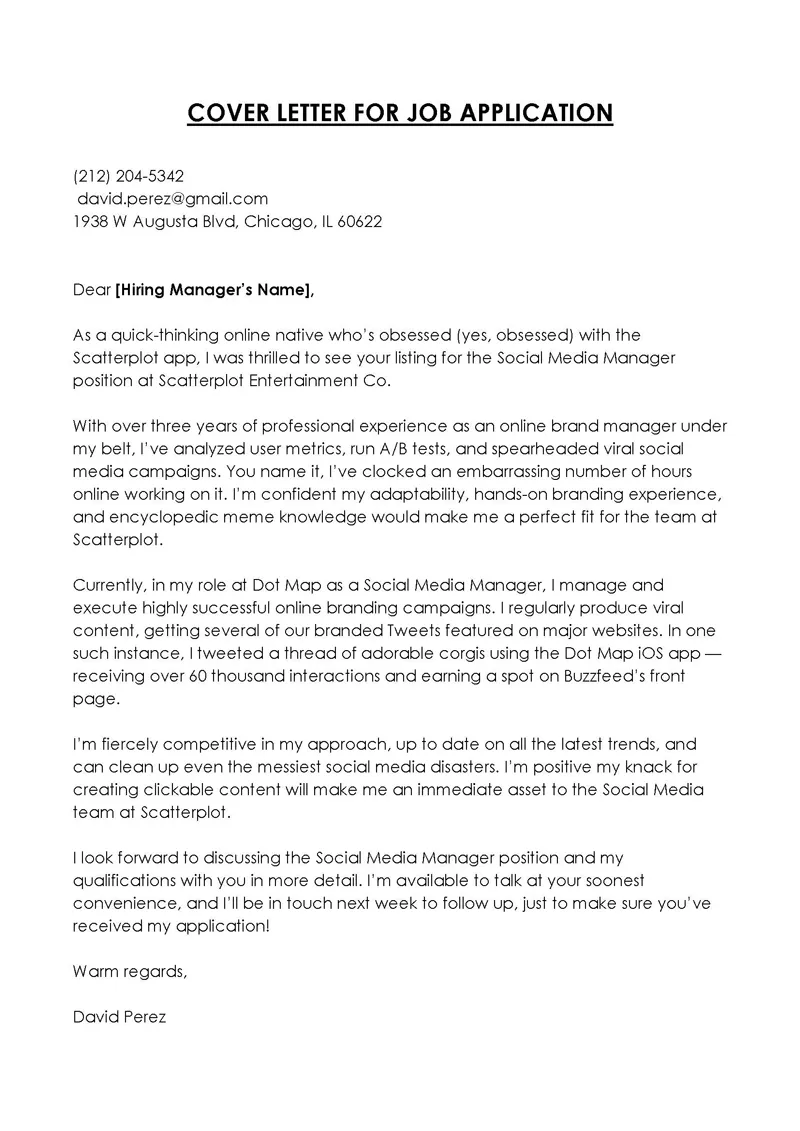
Focus on your achievements rather than just listing your responsibilities. Use the STAR method Situation Task Action Result to structure your examples. Describe the situation you were in the task you needed to complete the action you took and the results you achieved. Quantify your accomplishments whenever possible to add weight to your claims. For example rather than saying “Improved customer service” state “Increased customer satisfaction by 15% through implementing a new training program.” Concrete examples make your claims more believable and impactful.
Tailoring Your Letter to the Job
Customize your cover letter for each job application. Generic letters that don’t address the specific requirements of the role or the company are easily spotted. Read the job description carefully and use it to highlight the most relevant skills and experiences. Research the company and its culture to demonstrate that you understand their values and goals. Show that you’re genuinely interested in the specific opportunity and that you have taken the time to personalize your letter. This effort shows you have done your homework.
Call to Action Encouraging Contact
Include a call to action in your closing paragraph. Express your enthusiasm for the opportunity and reiterate your interest in an interview. Thank the hiring manager for their time and consideration. Provide your contact information again to make it easy for them to reach you. Make sure the call to action is clear and concise. This will encourage the hiring manager to take the next step and contact you.
Closing Thank You and Sign-Off
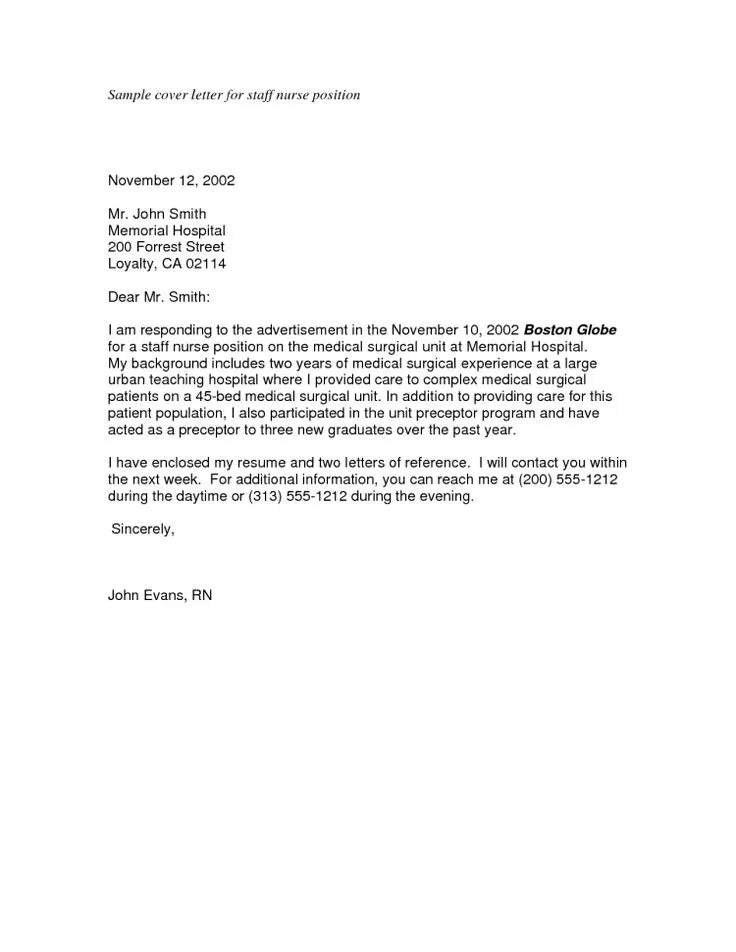
End your cover letter with a professional closing such as “Sincerely” “Respectfully” or “Best regards”. Then, type your full name. Proofread the entire letter for any typos or grammatical errors before submitting. Also make sure your contact information is easy to read and that you are available at the provided numbers. Your closing shows professionalism and respect for the reader’s time. Avoid overly casual or informal closing.
Formatting and Design Best Practices
Font Selection for Readability
Choose a professional and readable font such as Times New Roman Arial or Calibri. Use a font size of 10-12 points to ensure the text is easy on the eyes. Avoid using overly decorative or unusual fonts. A clean and professional font contributes to the overall readability of your letter and reflects your attention to detail. Use the same font as your resume to maintain consistency and a cohesive look across your application.
Layout Ensuring a Professional Look
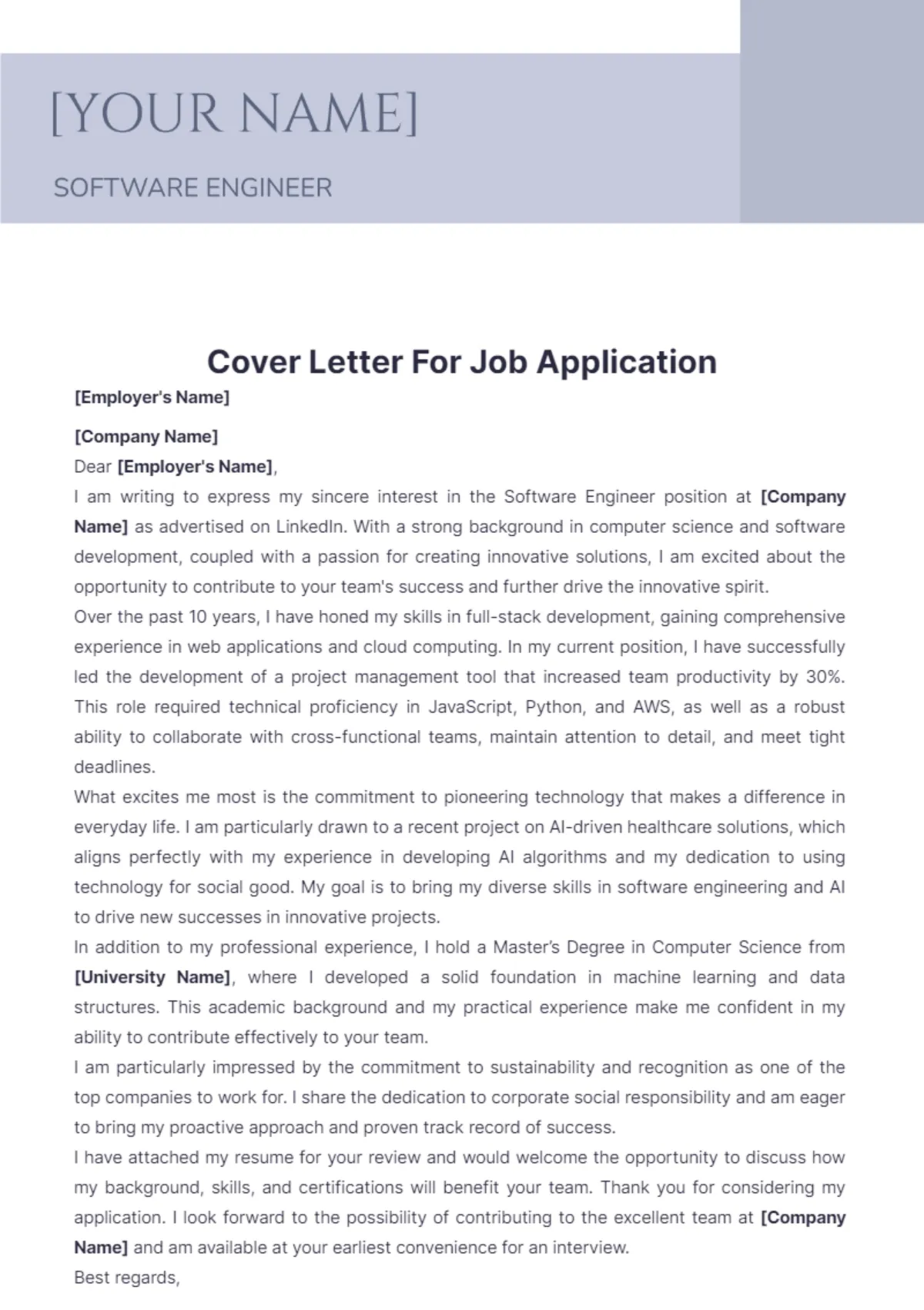
Use a standard letter format with consistent margins. Ensure that the layout is clean and easy to read. Use single spacing within paragraphs and double spacing between paragraphs. Break up large blocks of text into smaller paragraphs. Use bullet points or numbered lists to highlight key information. A well formatted cover letter is more visually appealing and shows professionalism.
Proofreading and Editing Before Submission
Proofreading and Editing Before Submission
Proofreading your cover letter is essential. Errors in grammar spelling and punctuation can undermine your credibility. Read through the letter carefully and use spell check and grammar check tools. But also read it aloud to catch mistakes that those tools might miss. Have someone else proofread your letter as well. Fresh eyes can often spot errors that you might miss. A polished cover letter demonstrates attention to detail and professionalism.
Common Mistakes to Avoid
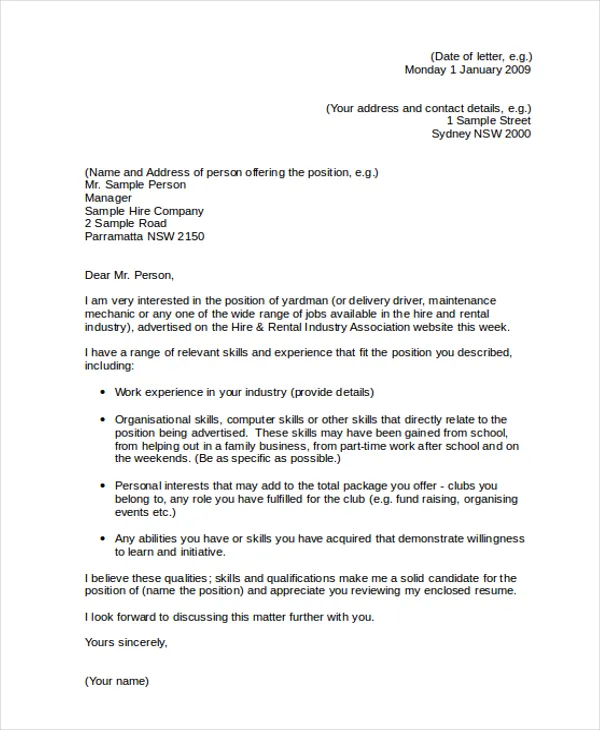
Generic Cover Letters Lack of Personalization
Avoid using a generic cover letter that can be sent to any company. The hiring manager can easily identify if a letter is not tailored. Customize each cover letter to the specific job and company. Show that you understand their needs and requirements. Tailoring your letter demonstrates that you’ve taken the time to do your research and are genuinely interested in the opportunity. Personalization enhances your chances of getting noticed.
Typos and Grammatical Errors
Typos and grammatical errors are major turnoffs. Errors undermine your credibility and make it seem like you don’t pay attention to detail. Proofread your letter carefully and use spell check. Ask someone else to review it. A letter filled with errors suggests a lack of professionalism. It can make you appear less qualified than you are.
Overly Long Length
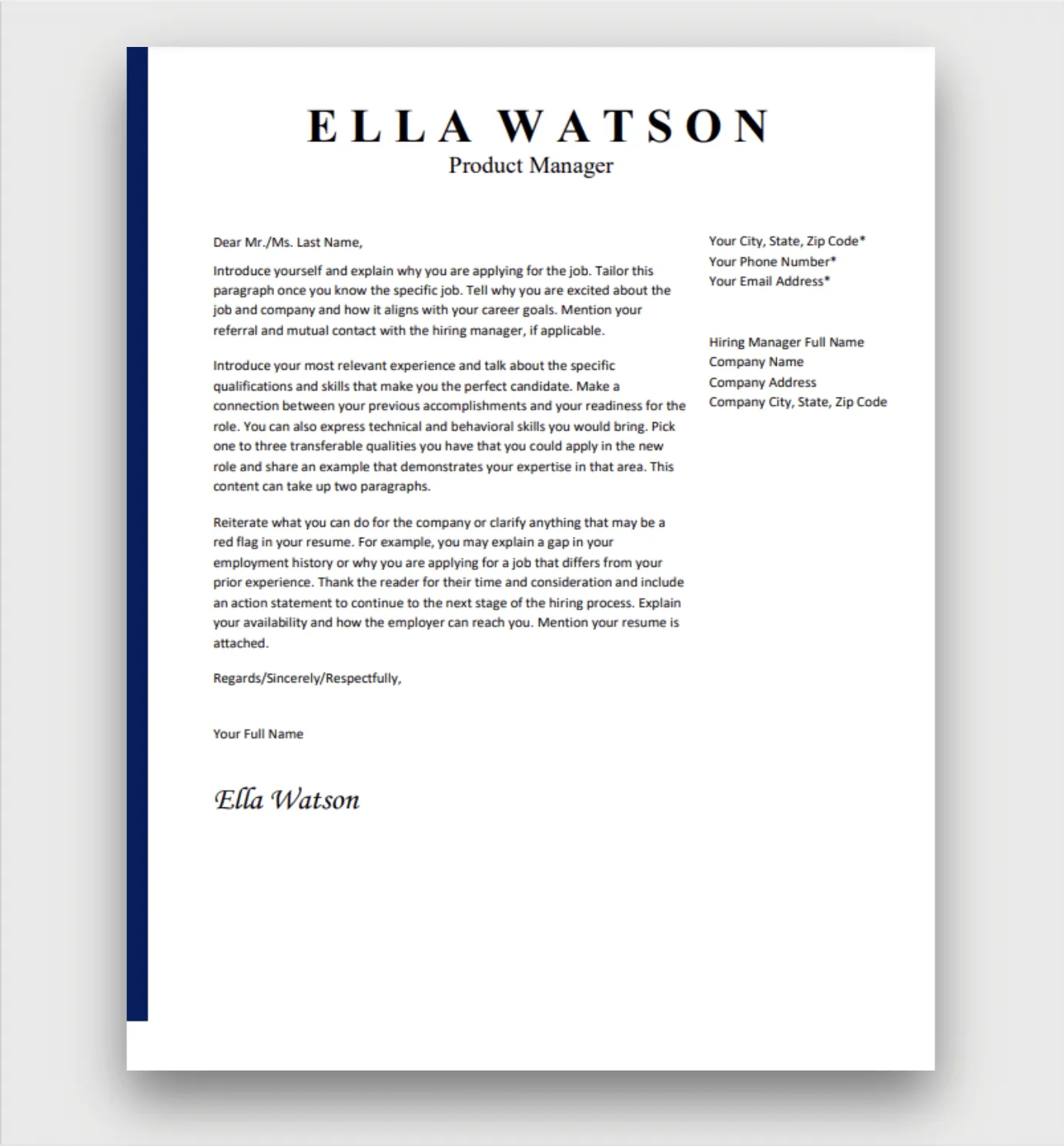
Keep your cover letter concise typically no more than one page. Hiring managers are busy so they don’t have time to read a lengthy cover letter. Focus on the most relevant information and be direct and to the point. Use clear and concise language. A well written brief cover letter is more likely to be read and remembered. The goal is to provide value without oversharing.
